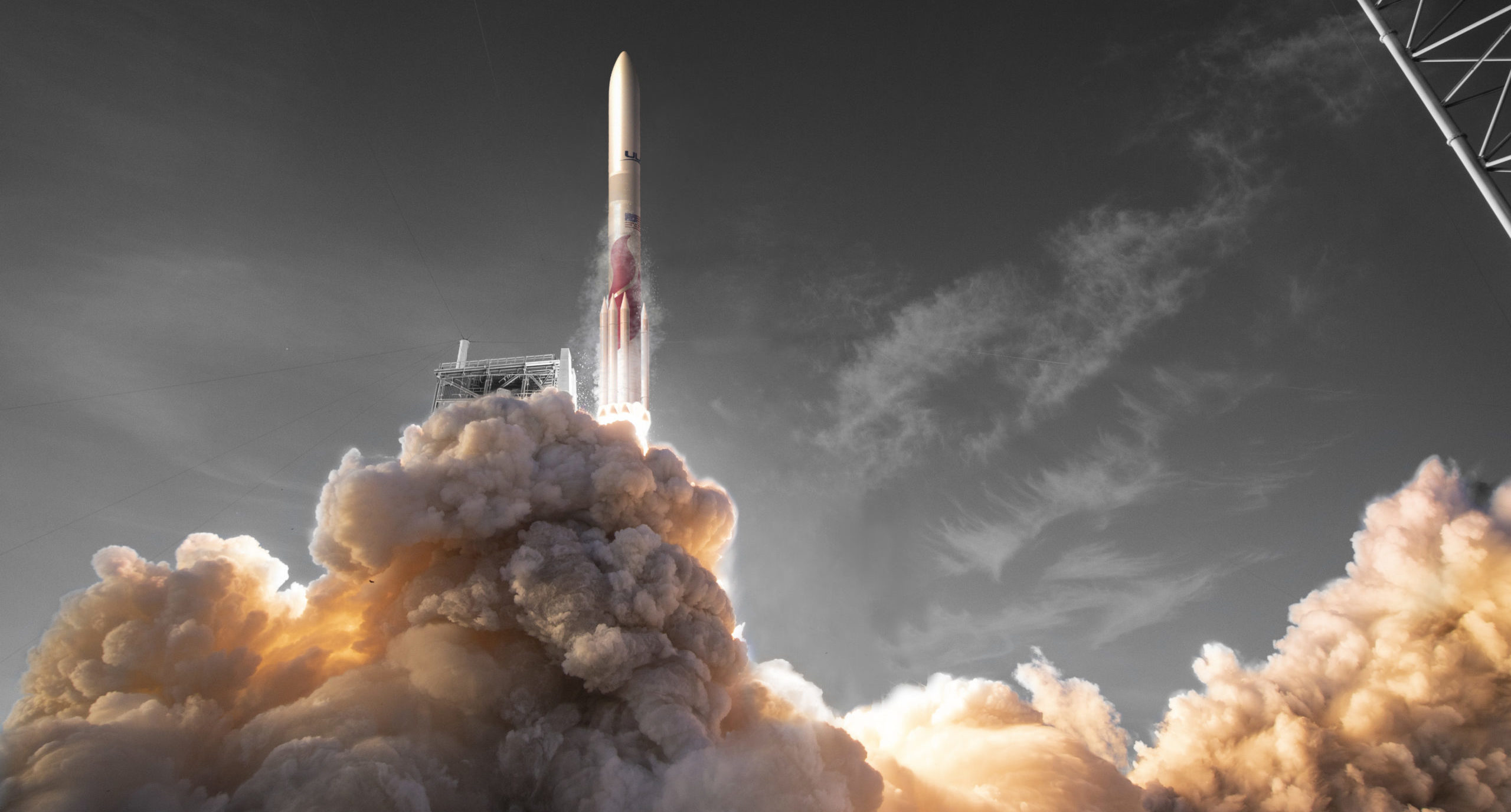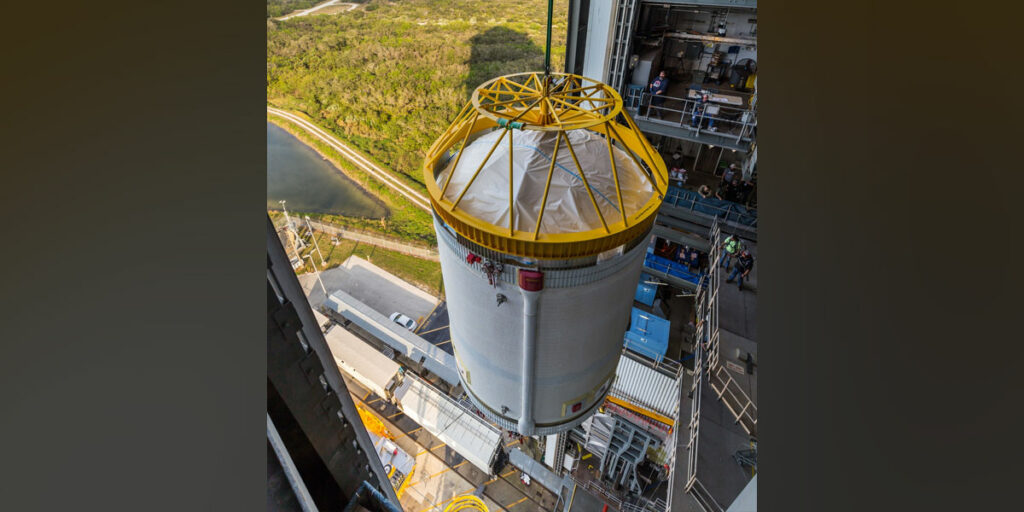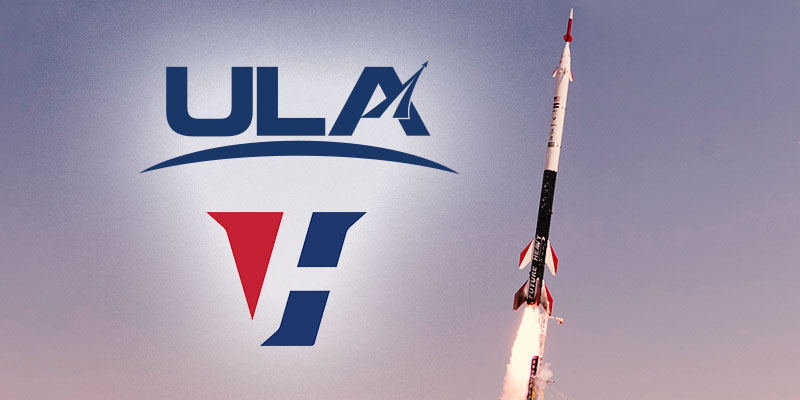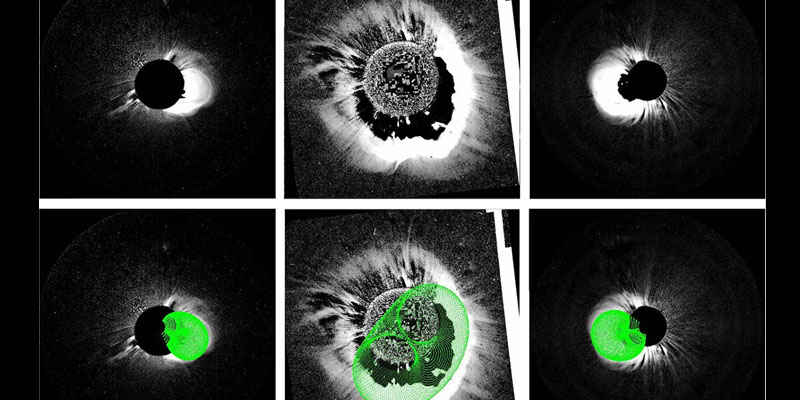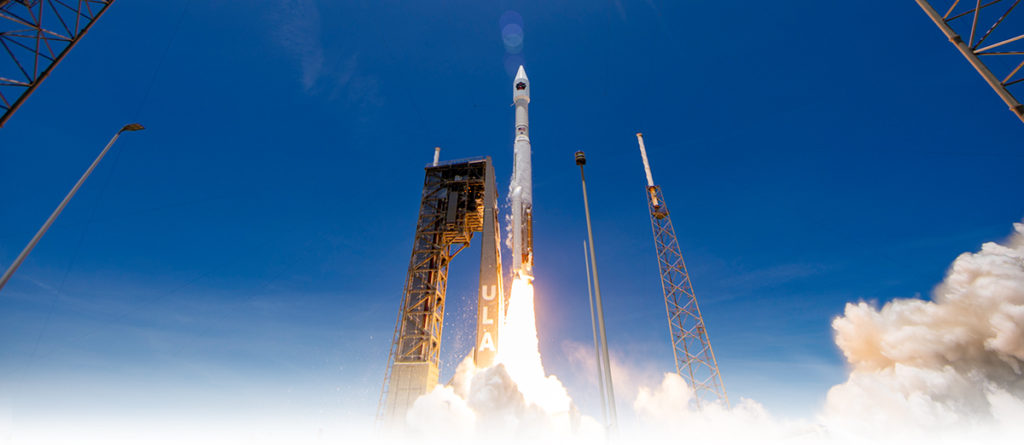United Launch Alliance’s (ULA) next-generation Vulcan Centaur is now set to compete for future NASA launches.
Vulcan Centaur, the newest addition to ULA’s fleet of rockets, is manufactured at the company’s 1.6 million square foot plant in Decatur. Its inclusion in NASA’s Launch Services Program (LSP) is the result of meeting specific criteria and capability requirements.
“ULA is honored that NASA LSP has added our Vulcan Centaur rocket to the catalog of launch vehicles available to support future space exploration missions,” said Tory Bruno, ULA’s president and CEO, in a release from the company. “Vulcan Centaur, a single core vehicle, will support challenging missions with unique second stage capabilities unmatched in the industry and we look forward to a continued partnership with NASA LSP.”
Under the provisions of the program, contractors must have the ability to successfully launch and deliver a payload to orbit using a domestic launch service capable of placing, at minimum, a 250 kg (551 lb.) payload into a 200 km (124 mile) circular orbit at an inclination of 28.5 degrees.
Late last year, Vulcan Centaur was competitively selected by the U.S. Space Force as the best value launch provider for 60% of its launches occurring through 2027. Vulcan Centaur is on track for its first launch later this year.
“Vulcan Centaur is the right choice for critical national security space missions and was purpose built to meet all of the requirements of our nation’s space launch needs,” Bruno remarked at the time. “For decades, we have been a trusted partner to safely and securely deliver strategic national security space assets for our nation’s defense and this award shows the continued confidence of our customer in the commitment and dedication of our people to safeguard these missions by reliably launching our country’s most critical and challenging missions.”
ULA and its heritage rockets have a long history of successful missions on behalf of NASA.
Most recently, NASA’s Perseverance Rover completed its historic Mars landing, a mission launched by ULA’s Alabama-made Atlas V.
“It was an amazing launch, very successful,” said former NASA Administrator Jim Bridenstine. “It went right on time and of course it is on a trajectory that has been done now with pinpoint accuracy. It was a great day for NASA.”
Already in 2021, ULA has taken a major step toward the inaugural launch of the Vulcan Centaur rocket when it completed modification of its launch pad and facilities in Cape Canaveral, Florida.
Completing this phase of preparation moves Vulcan Centaur even closer to a planned 2021 lunar mission.
“Reaching this major milestone required years of hard work and dedication by the entire team to ensure we completed the massive amount of work needed to get the launch pad and facilities ready for a Vulcan Centaur launch,” Bruno outlined.
The company says Vulcan Centaur will provide higher performance and greater affordability, and part of that is through the use of new manufacturing technologies that were not available during the production of earlier generations of rockets.
ULA has invested heavily in its Decatur plant, the largest such facility in the western hemisphere, installing a total of six large robotic welders to support the upgraded Centaur upper stage.
In all, ULA has delivered 140 missions to space with 100% mission success.
Tim Howe is an owner of Yellowhammer Multimedia




